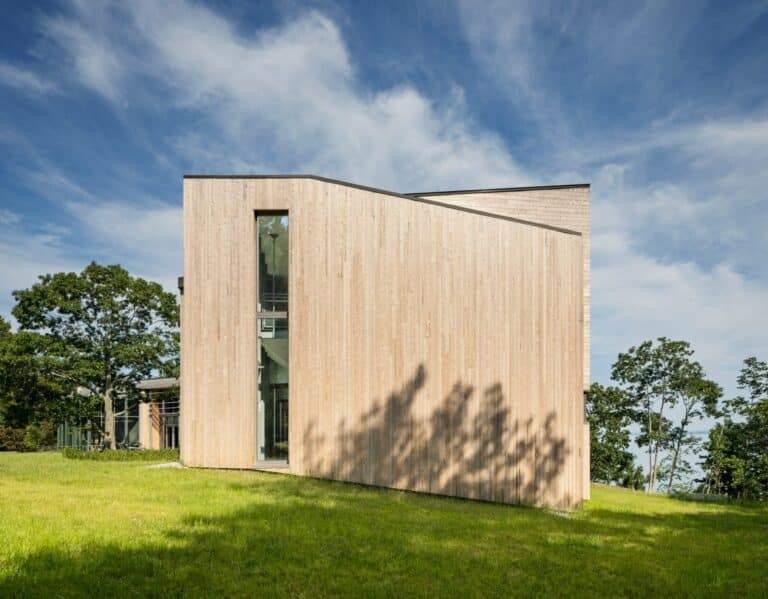Introduction:
What if roads themselves became incubators of innovation rather than just passageways for vehicles? In Riyadh, the capital of tomorrow, asphalt and concrete are speaking a new language—one of smart design and sustainability—writing a fresh chapter in the history of infrastructure. The fourth phase of the upcoming “North Pole” project is now part of the North Pole Project Riyadh, carrying a vision that redefines the relationship between people and the city, transforming streets into a living fabric connecting new neighbourhoods with business centres and public facilities in ways never imagined before.
In this article, we explore:
- How these infrastructure projects are reshaping mobility in smart cities.
- The key features of Riyadh’s latest road expansion initiatives, including the North Pole Project Riyadh.
- Why infrastructure today is far more than just concrete and asphalt.
1. North Pole: An Infrastructure Project Reshaping the Urban Map
If modern cities need a beating heart, then “North Pole” aims to be its arteries. Specifically in its fourth phase, the project focuses on building a massive road network serving Riyadh and directly linking it to northern regions. Naturally, the North Pole Project Riyadh plays a crucial role.
But this goes beyond mere road expansion. It includes:
- The construction of smart bridges and tunnels designed to ease congestion.
- The development of multi-directional traffic corridors that enable fast movement between districts.
- The use of environmentally friendly materials in road construction.
The result? A city that moves intelligently—where mobility is no longer defined by distance alone, but by time and efficiency.
2. Infrastructure Is Not Background — It’s the Future’s Foundation
Traditionally, roads and bridges have been seen as hidden infrastructure—built, then forgotten. But as cities evolve into smart ecosystems, so too does their role. Leading in this transformation, the North Pole Project Riyadh is part of the vision.
In the “North Pole” initiative, roads are being designed to:
- Integrate with smart transportation systems like electric buses and trains.
- Be equipped with sensors for real-time traffic data collection.
- Be future-ready for autonomous vehicles.
This transformation positions infrastructure not just as support, but as an active component of the smart city ecosystem.
3. How These Projects Are Changing Everyday Life
While discussions about roads and tunnels may seem purely technical, the impact on daily life is profound. Imagine reducing your one-hour commute to just twenty minutes, or making weekend visits to family across town effortless and stress-free.
Through these initiatives:
| Benefit | Description |
|---|---|
| Reduced Congestion | By redirecting traffic flow and building new corridors |
| Easier Access | To new neighbourhoods and major projects like NEOM and The Line |
| Economic Support | By accelerating freight and commercial transport |
| Environmental Improvement | Through eco-friendly materials and reduced emissions |
4. Are We Witnessing a Quiet Revolution in Urban Architecture?
Yes—but it’s subtle. The difference between past and present lies in understanding that architecture is no longer confined to towers and buildings, but extends to how people move within them. This is exactly what projects like “North Pole” are demonstrating.
Roads are no longer lines on a map—they are integrated social, economic, and technological frameworks. This is urban architecture you don’t see—until you start moving through it.
Conclusion:
The fourth phase of the “North Pole” project is more than a road expansion—it’s a launchpad toward a smarter, more efficient city. In an era where technology accelerates and needs shift rapidly, infrastructure proves it is not just the background code of cities. It is, in fact, their beating heart, underscoring the importance of the North Pole Project Riyadh.
Are we standing at the dawn of a new era in urban architecture? Concrete and asphalt are beginning to answer.




